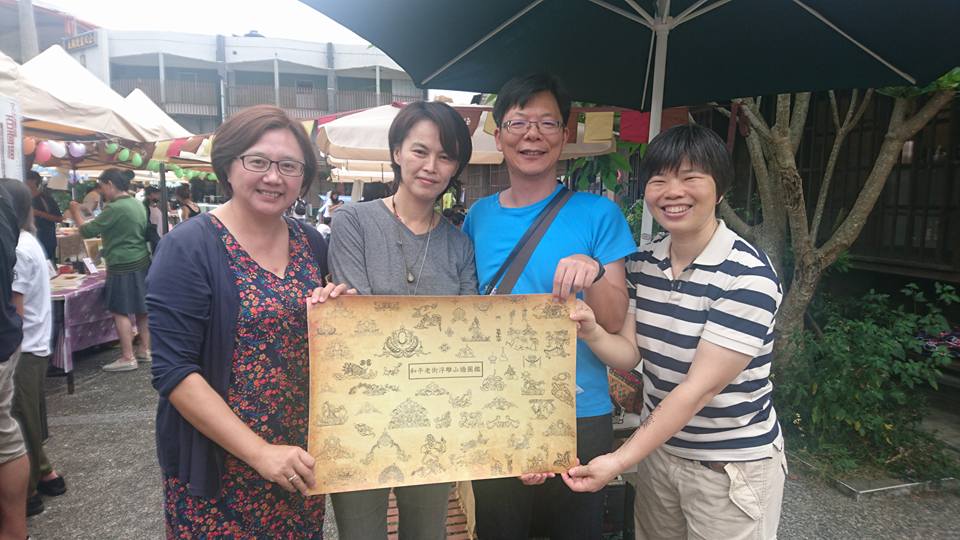https://www.icomos.org/en/focus/18-april-international-day-for-monuments-and-sites
In 1982, ICOMOS established 18 April as the International Day for Monuments and Sites. UNESCO approved it the following year during its 22nd General Conference. Since then, 18 April has been a day to celebrate and promote cultural heritage, and an opportunity to raise awareness about its diversity, its relevance, how vulnerable it can be and what the needs and benefits of its conservation are. Every year, ICOMOS proposes a theme for the celebrations and activities to be organised by the ICOMOS National and International Scientific Committees and by other organisations that wish to participate. In 2019, the theme is Rural Landscapes – which is linked to the theme of the 2019 ICOMOS Scientific Symposium on Rural heritage to take place in October in Marrakesh, Morocco.
This year’s International Day for Monuments and Sites offers the opportunity for National and International Scientific Committees to raise awareness about the relevance of rural landscapes, the challenges that encompass their conservation, the benefits that these efforts provide, and how rural landscapes are intrinsically related with sustainable development. The Day represents an unparalleled opportunity to foster communication and build links with communities while acknowledging their involvement in the creation, existence, evolution and richness of these rural landscapes, and no doubt, in their conservation.
What are rural landscapes?
In the ICOMOS “Principles concerning rural landscapes as heritage”, adopted by the ICOMOS General Assembly in 2017, rural landscapes are defined as “terrestrial and aquatic areas co-produced by human-nature interaction used for the production of food and other renewable natural resources, via agriculture, animal husbandry and pastoralism, fishing and aquaculture, forestry, wild food gathering, hunting, and extraction of other resources, such as salt. Rural landscapes are multifunctional resources. At the same time, all rural areas have cultural meanings attributed to them by people and communities: all rural areas are landscapes.” Rural landscapes encompass an increasing accumulation of tangible and intangible heritage which is in constant adaptation to environmental, cultural, social, political and economic conditions. They are the most common type of continuing cultural landscape.
For centuries, even for millennia, rural landscapes have maintained a balance between human activity and their environment. A myriad of everyday actions have in some cases resulted in moderate evolution, and in other cases in dramatic transformations due to changes in production methods, technological advances or economic and political changes. The resulting heritage features evidence from different periods, constituting a rich and complex ensemble of tangible, intangible and living heritage, in which change, transformation and evolution remain ongoing, and continue as long as the rural landscape is alive.
The role of communities in the conservation of rural landscapes
Whilst the urban population rate is growing and has reached a global figure of 54.82% in 2017, the population of rural areas also continues to grow, despite its decline in terms of percentage share. This has a twofold effect in rural areas and, while some areas are being abandoned, others are suffering from human pressure. Furthermore, we cannot ignore the ecological footprint that urban areas have on rural zones, and the changes in the rural landscapes that this footprint induces, as well as the consequences for both the environment and communities.
Some of the main features that define rural landscapes are its fragility and use. While any changes in the conditions that sustain the living and evolving landscape might involve a dramatic transformation, or even a complete abandon or loss of a landscape, it is the conservation of its use which enables its tangible and intangible heritage to survive.
Rural landscapes may well be the principal domain in conservation practice in which communities and participation are the most relevant. The conservation of rural landscapes puts an emphasis on the relation between heritage and society, and on the obvious and direct benefits that heritage conservation has not only on the communities that have created, modified and actually bear those rural landscapes, but also on the society whose ecological footprint these landscapes sustain – that is to say the benefits for all of us. This is what makes the conservation of rural landscapes not only important, but fascinating.









